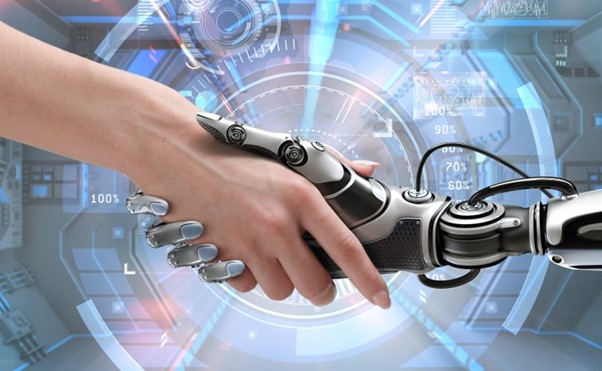Blog Post

Harnessing the Power of AI alongside Human Expertise
In recent years, the integration of Artificial Intelligence (AI) has become more than just a trend – it's a strategic imperative. But, to truly reap the benefits, businesses must master the art of merging AI with human capabilities. Creating a harmonious synergy between AI and human employees is a challenge worth tackling, as it holds the key to driving innovation, efficiency, and sustainable growth.
1. Understanding Complementary Strengths: The first step in fostering effective collaboration is recognizing the unique strengths of both AI and human employees. AI excels at processing vast amounts of data in real-time, identifying patterns, and making predictions. On the other hand, humans bring emotional intelligence, creativity, critical thinking, and contextual understanding to the table. Recognize the areas where each excels and find ways to combine their strengths for maximum impact.
2. Strategic Task Allocation: Allocate tasks based on the strengths of each entity. Routine, data-driven tasks that require speed and accuracy can be assigned to AI systems, freeing up human employees to focus on complex problem-solving, decision-making, and relationship-building. This not only enhances efficiency but also empowers employees to contribute in ways that leverage their cognitive capabilities.
3. Continuous Learning and Training: AI evolves at an unprecedented pace, and humans must keep up. Establish a culture of continuous learning, where both AI algorithms and human employees undergo regular training and upskilling. This ensures that your human workforce is well-equipped to manage AI systems, interpret their outputs, and fine-tune algorithms as needed.
4. Transparent Communication: Open and transparent communication is crucial for building trust between AI and human collaborators. Make sure employees understand the role of AI in their tasks and decisions. Clear communication fosters a sense of partnership rather than competition, helping employees see AI as a tool that enhances their abilities rather than a threat to their jobs.
5. Feedback-Driven Improvement: Create feedback loops that allow human employees to provide insights and feedback on AI-generated outputs. This iterative process helps refine AI algorithms and ensures that the technology aligns with real-world needs and expectations.
6. Ethical Considerations: As AI becomes more intertwined with business operations, ethical considerations gain prominence. Establish guidelines for AI usage that address bias, privacy, and fairness concerns. Involving human employees in discussions about AI ethics fosters a sense of responsibility and helps avoid potential pitfalls.
When AI and humans collaborate seamlessly, businesses can harness the full spectrum of capabilities, leading to innovation, improved decision-making, and sustainable growth.
Copyright © 2023 Harvard Business Council

